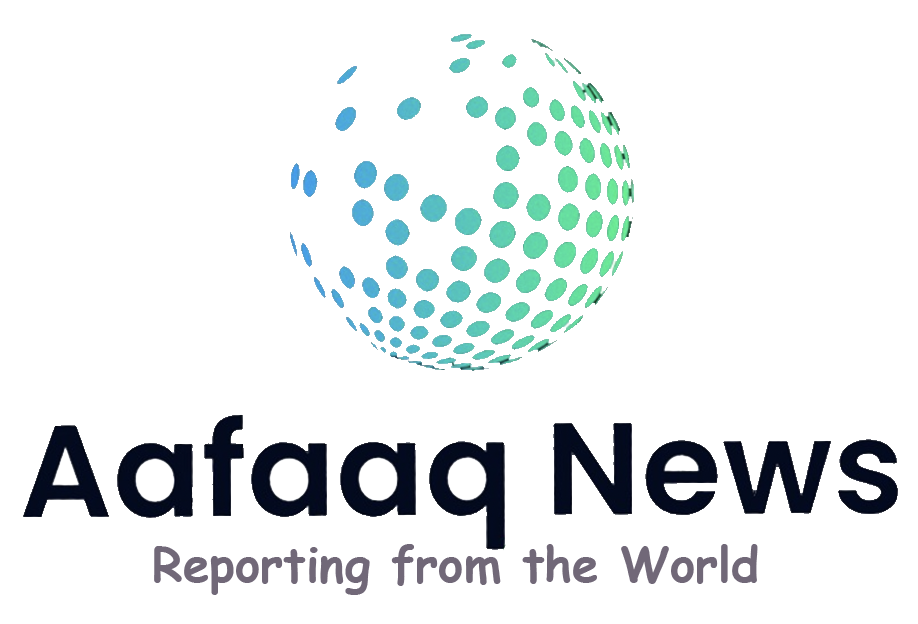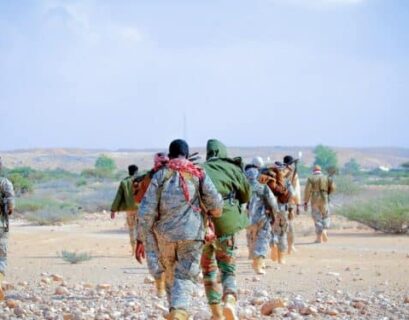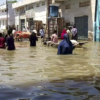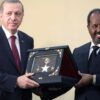The African Union’s decision to replace over 13,000 troops in Somalia with a new international force marks a pivotal moment for the country’s security situation. This change comes as Somalia faces a growing threat from the al Qaeda-affiliated group, al-Shabaab, which has been waging an insurgency against the central government for over 17 years. The impending troop withdrawal and the formation of a new force highlight significant concerns about the Somali government’s capability to handle its security challenges independently.

The AU’s Phased Withdrawal
The African Union Transition Mission in Somalia (ATMIS), comprising troops from Kenya, Uganda, Ethiopia, Burundi, and Djibouti, has been instrumental in combating al-Shabaab since 2006. However, under a UN resolution, these forces are mandated to reduce to zero by the end of 2023, with security responsibilities transitioning to the Somali National Army (SNA) and police. The phased withdrawal plan, adjusted at the Somali government’s request, seeks to reduce the immediate withdrawal pressure, with only 2,000 troops leaving in June and another 2,000 by September, rather than the initially planned 4,000 by mid-year.
Neighbors’ Concerns and Potential Consequences
The withdrawal of peacekeeping forces has raised alarms among Somalia’s neighboring countries. Uganda’s state minister of foreign affairs, Henry Okello Oryem, and Kenyan President William Ruto have both expressed grave concerns about the Somali army’s readiness to take on al-Shabaab without the support of the AU forces. Oryem’s warning about a potential repeat of the chaotic withdrawal seen in Afghanistan underscores the precariousness of the situation. Despite extensive training, Somali troops may struggle with a sustained military confrontation against a resilient insurgent force.
Setbacks in Somali Military Operations
Recent military setbacks have further questioned the Somali government’s readiness. Two years ago, a military offensive successfully reclaimed significant territory from al-Shabaab, but this progress has not been sustained. In August, President Hassan Sheikh Mohamud’s declaration to eliminate al-Shabaab within five months faced a severe setback when the group counter-attacked, recapturing the town of Cowsweyne. The poorly organized Somali military, despite having over a battalion present, failed to fend off the attack, resulting in heavy casualties and brutal reprisals against civilians.
These setbacks have stalled military operations, with little significant activity reported against al-Shabaab in recent months. The Somali government’s claim of being capable of handling al-Shabaab with minimal external support appears increasingly tenuous. The SNA, estimated at 32,000 troops, faces a shortfall of around 11,000 trained personnel, further exacerbating the security challenges.
International Support and Funding Challenges
Somalia’s security has long relied on international support, with the U.S. and EU being the primary funders. Since 2007, the U.S. has invested over $2.5 billion in counterterrorism efforts in Somalia, excluding additional undisclosed military and intelligence expenditures. The EU has similarly contributed around $2.8 billion to support the African Union Mission in Somalia (ATMIS) and its predecessor.
However, funding for these missions is becoming strained. The EU plans to shift towards bilateral support and reduce its overall contributions, influenced by other global priorities such as Ukraine and Gaza. Diplomatic sources indicate that the U.S. and EU aim to scale back peacekeeping operations, pushing Somalia towards self-reliance. Proposals to finance the new mission through assessed contributions from UN member states, potentially increasing the financial burden on the U.S. and China, face skepticism regarding feasibility.













